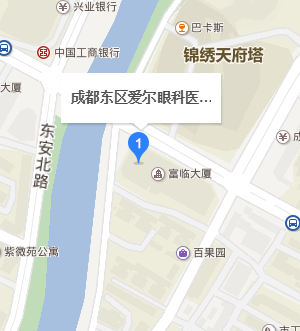
What Is Cosmetic Blepharoplasty?
Cosmetic eyelid surgery is a surgical procedure that is not medically necessary and is performed solely to improve your appearance.
Unfortunately, your upper and sometimes lower eyelids may become droopy or baggy as part of the aging process. Your eyebrows also may sag or droop as a part of the same process.
The eyelid skin stretches, muscles weaken and fat pockets become more prominent as they bulge. This may be a hereditary condition that runs in your family.
Cosmetically, such conditions may detract from the overall attractiveness of your eyes and face and cause a tired or older appearance.
When Is Functional Blepharoplasty Needed?
A functional blepharoplasty (in contrast to a cosmetic blepharoplasty) is eyelid surgery performed for medical reasons.
In most cases, a functional eye lift is performed to remove loose skin from the upper eyelid if it droops low enough to impair your vision for driving or other visual tasks.
Another functional problem is difficulty wearing glasses or contact lenses, whether from baggy upper or lower eyelids.
Other medical conditions that may require functional eyelid surgery include:
Irritation from excess folds of eyelid skin rubbing together.
Forehead discomfort from overused muscles that strain to lift sagging skin in the eyelid area.
As with cosmetic blepharoplasty, functional blepharoplasty most often is performed by ophthalmologists and oculoplastic surgeons.
However, general plastic surgeons, ear, nose and throat surgeons, and oral and maxillofacial surgeons also perform medically necessary eyelid surgery.
What Happens During Eyelid Surgery?

Blepharoplasty can be performed on upper eyelids, lower eyelids — or both at the same time.
Incisions made in the upper eyelid.
Incisions made in the lower eyelid.
Incisions made in the upper and lower eyelid in blepharoplasty are placed so they leave no visible scars after the procedure.
During surgery, incisions are made in the natural folds of the eyelid, in the crease of the upper eyelid and just beneath the lashes or behind the lower eyelid. This way, incisions are virtually unnoticeable after they have healed.
While you are lying down during blepharoplasty, your surgeon will make precise markings to designate where excess skin and fat pads need to be removed. Some underlying muscle also may be removed.
These tissues are removed with surgical instruments such as scalpels, surgical scissors, radio-frequency cutting devices and sometimes cutting lasers. Sutures or tissue adhesives (glue) then are carefully applied to smooth and reconfigure areas around the eyebrows and eyelids.
During the procedure, your surgeon will make judgments about how much skin, muscle and/or fat to remove, based on a preoperative evaluation of factors such as your underlying facial muscle structure, bone structure and the symmetry of your eyebrows.
Dry eye patients frequently require that less tissue be removed to avoid exposing more of the eye to the air, which can cause symptoms to worsen.
Your surgeon also may use a carbon dioxide (CO2) laser to enhance the procedure by resurfacing skin and smoothing out any remaining wrinkles in the eyelid and eyebrow area.
In cases where the eyebrows also are droopy, a procedure to elevate the eyebrows also may be appropriate. This procedure, called a brow lift, involves making incisions into the scalp and tightening the skin to lift the eyebrows.


